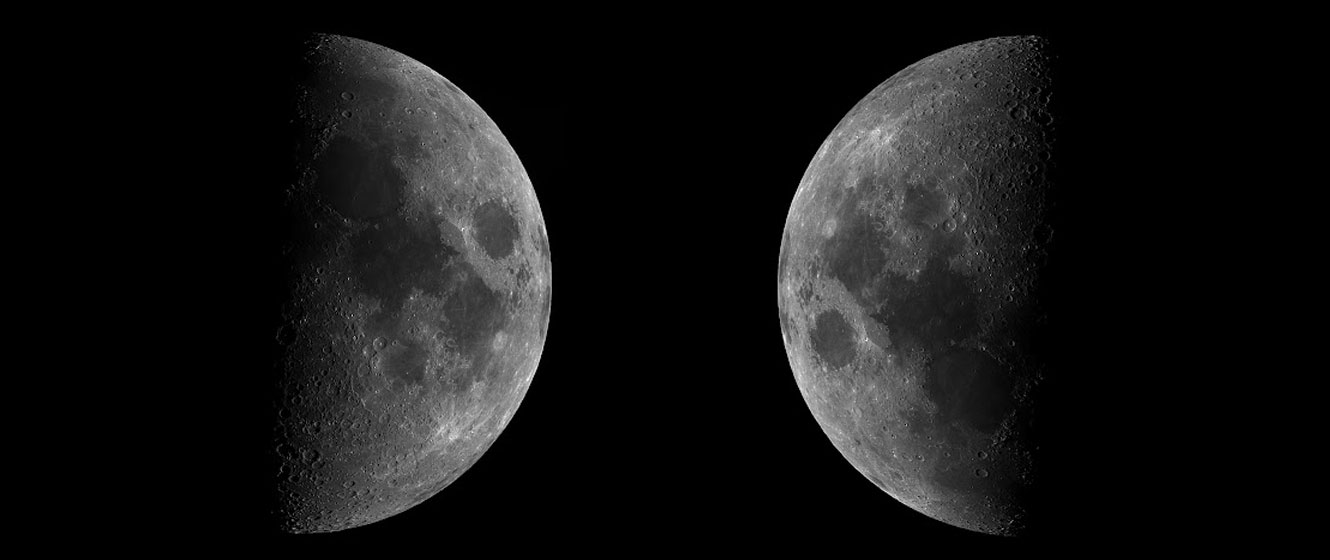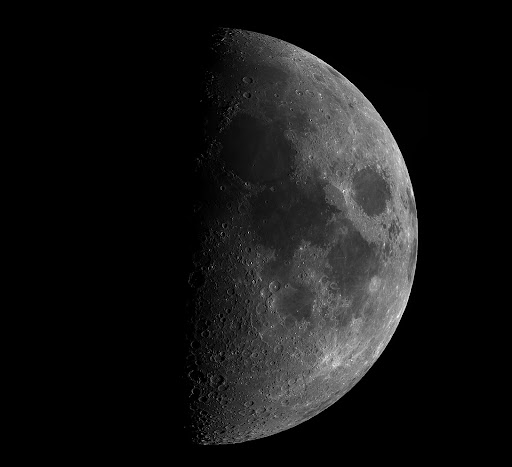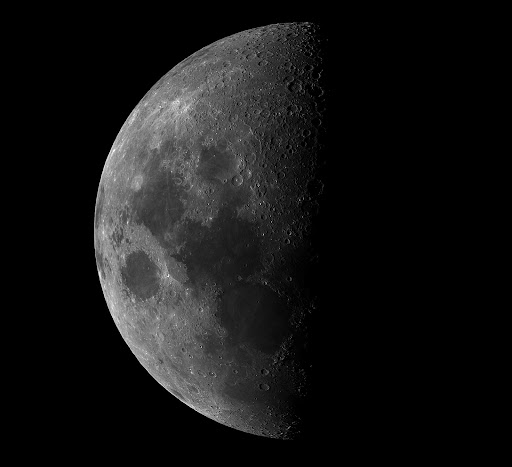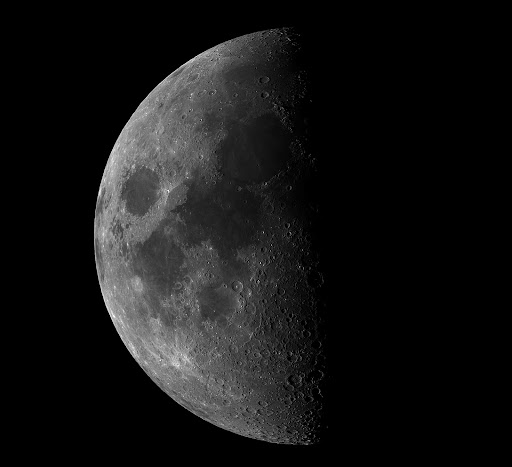
You’re setting up for the night with your new telescope and you point it at the Moon. You’re dazzled by the views, but you also might notice something strange: the view is upside down! Why is that? Through binoculars, the view is the same orientation as we’re used to seeing. But you might notice the view is entirely different through a refractor or a reflector. Telescopes produce images that have different orientations depending on the type of telescope and its accessories. As an object’s image goes through focus and is reflected from mirrors in its path through a telescope’s optical system, its orientation changes one or more times. So, why do certain telescopes produce the image orientations that they do?

An example of the Moon at a “normal” image orientation, as seen with the naked eyes or a pair of binoculars.
Refractors (and most Cassegrain telescopes) produce an image that appears to be upside-down when used without a diagonal. However, when a 90-degree diagonal is placed into the image train, the image will appear to be corrected right-side-up but will still remain backward from left to right. It is possible to completely correct the view through a refractor using an “erect-image prism” diagonal. These diagonals will completely account for the image orientation in your telescope and give you a viewing experience similar to what your eye or a pair of binoculars would see. Newtonians produce an image that is upside-down. This is a little bit more challenging to deal with and is not practical to try to correct.
Now, a telescope image with an altered orientation isn’t too much of a problem when viewing astronomical objects, unless you are trying to locate or identify objects using a star chart or reference image. An example of this being an issue is trying to identify Jupiter’s or Saturn’s moons based on their predicted positions around a planet at a given date and time. If the telescope’s image is backward from left to right, this can be very confusing and requires some mental gymnastics to figure out what you are looking at.

View of the Moon as seen upside-down, similar to what is seen through a Newtonian.

View of the Moon as seen through a 90 degree prism & refractor telescope.
Those looking for landscape use should consider either a spotting telescope or binoculars. These are refractor telescopes that typically use porro prisms or roof prisms to correct the image orientation. Roof prisms are more compact than porro prisms, so optical devices that use roof prisms have straight housings instead of the zig-zag shapes of the housings of binoculars or telescopes that use porro prisms. An advantage of porro prism binoculars is that they have models that have a wider field of view than roof prism binoculars, so they are preferred for observing the night sky.

Learn More
Interested in learning more about your telescope? Not sure where to begin? Check out our Astronomy Hub!!











